This article was co-authored by wikiHow Staff. Our trained team of editors and researchers validate articles for accuracy and comprehensiveness. wikiHow's Content Management Team carefully monitors the work from our editorial staff to ensure that each article is backed by trusted research and meets our high quality standards.
There are 8 references cited in this article, which can be found at the bottom of the page.
This article has been viewed 42,823 times.
Learn more...
Nexplanon is a birth control implant that a medical professional inserts into the skin on the inside of your upper arm. You can keep a Nexplanon implant in for up to 3 years. If you’re nearing the time when you need to have the implant replaced or if you’re considering having the implant removed for other reasons, make an appointment with your doctor. Removing Nexplanon requires a small surgical procedure with a local anesthetic to numb your arm.
Steps
Deciding When to Remove the Implant
-
1Check your user card to determine when the implant should be removed. When you get your Nexplanon implant, your healthcare provider will give you a user card that lists your insertion date as well as when you need to have the implant removed. This will be 3 years from the date of insertion, so it’s important to know this date and plan to have Nexplanon removed by then.[1]
- For example, if you have Nexplanon inserted on October 10th, 2017, then you’ll need to have it removed by October 10th, 2020.
- If you can't find your user card, call your healthcare provider and ask them when the implant was inserted and when it needs to be removed.
-
2Get the implant removed if your family planning goals have changed. You can become pregnant right away after your Nexplanon implant has been removed. If you want to get pregnant, make an appointment to get the implant taken out. You’ll be able to start trying to conceive right after it has been removed.[2]
- If you are considering pregnancy, but might not want to get pregnant right away, you can delay removing the implant or use an alternative form of contraception until you’re ready, such as birth control pills or condoms.
Advertisement -
3Schedule removal if you’d like to try a different form of contraceptive. If you want to switch to a different form of contraception, you’ll need to get Nexplanon taken out first. Make sure that you discuss your alternatives with your healthcare provider before you get the implant removed. It’s important to start using your alternative form of birth control right away to avoid an unexpected pregnancy.[3]
- A common reason why some women choose to remove Nexplanon is due to a change in their periods with either shorter or longer periods of bleeding. Tell your healthcare provider about any side effects you’re having so they can help you choose an alternative birth control method that will have fewer side effects.
-
4Make an appointment with your healthcare provider. The Nexplanon implant is located under your skin and a minor surgical procedure is required to remove it. Call your doctor’s office and make an appointment to have the implant removed.[4]
Warning: Never attempt to remove Nexplanon on your own! Attempting to remove it yourself could result in heavy bleeding, infection, and scarring.
Having the Procedure Done
-
1Allow your healthcare provider to palpate your arm to locate the implant. Before your healthcare provider attempts to remove the implant, they will need to locate it. The doctor or nurse who is going to remove the implant will touch the area of your arm where the implant was inserted. They may also have to press on the back of your arm to bring the implant to the surface of the skin.[5]
- You might feel a bit of pressure as the doctor or nurse palpates for the implant, but this part shouldn’t be painful.
-
2Go for an imaging test if your healthcare provider can’t find the implant. It’s important for your healthcare provider to locate the implant before they attempt to remove it. If they cannot find it, an imaging test will be required to locate it. Your doctor or nurse may order any of the following tests to locate the implant:[6]
- Computed Tomography (CT) Scan
- 2-Dimensional X-ray
- Ultrasound
- Magnetic Resonance Imaging (MRI)
-
3Expect a slight pinch when you get the lidocaine shot. Your healthcare provider will numb your arm with lidocaine where they’ll be making the incision to remove Nexplanon. You will feel a pinch as the needle goes in and possibly a stinging sensation while you’re getting the lidocaine injection. However, you won’t be able to feel the incision after the numbing agent takes effect.[7]
- Your healthcare provider will also clean the area where they’ll be making the incision to reduce the risk of infection.
-
4Allow the doctor or nurse to make an incision where the implant is located. The doctor or nurse will make a small incision at a 45 degree angle to the implant near where the tip is located. Then, they will push the implant out through the opening, grasp it with tweezers, and pull it out the rest of the way. You don’t have to do anything. You may want to look away and focus on something else while they do this.[8]
- Some healthcare providers may use a method where they insert a needle under the implant to keep it close to the surface of the skin. However, you won’t feel this either because of the lidocaine. If you feel pain at any time, let your nurse or doctor know so that they can give you more lidocaine.
-
5Request a replacement implant if you want to continue using Nexplanon. If you do not want to become pregnant and you want to keep using Nexplanon, tell your healthcare provider that you’d like to replace the implant. They can insert a new Nexplanon implant right after they remove the old one.[9]
Warning: Be aware that you can become pregnant after the implant has been removed. If you don’t want to become pregnant and you no longer want to use Nexplanon, use an alternative form of contraception.
Avoiding Complications after Nexplanon Removal
-
1Take ibuprofen or acetaminophen for pain. The pain should be minimal following removal of your implant, but you will likely be sore for a few days. If it bothers you, you can take over-the-counter pain relievers, such as ibuprofen or acetaminophen, for pain after the procedure.[10]
- Follow the manufacturer’s instructions for dosing or ask your doctor if you’re unsure.
-
2Apply an ice pack to your arm to reduce pain and swelling. Wrap an ice pack with a paper towel and place it against your arm. This will help to numb and soothe the pain caused by removing the implant. Leave the ice pack on for 10 to 15 minutes, then wait an hour before using another ice pack.
- Repeat this as needed following your procedure.
Tip: If you don’t have an ice pack, use a bag of frozen vegetables wrapped in a paper towel.
-
3Leave the pressure bandage on for 24 hours and the incision bandage on for 3 to 5 days. You’ll need to keep a pressure bandage on the wound for the next 24 hours following the implant removal procedure. You’ll also have a bandage on the incision site. Keep this in place for the next 3 to 5 days.[11]
- Your doctor or nurse will also give you specific instructions for how to clean the area and change bandages.[12]
-
4Watch for signs of an infection following the removal of your implant. Swelling, tenderness, and bruising are normal after the removal of a Nexplanon implant. However, if the swelling does not improve or you notice signs of an infection, call your doctor right away. Signs of an infection may include:[13]
- Swelling
- Redness
- Pus or drainage from the incision site
- Increasing pain
- Fever greater than 101 °F (38 °C)
References
- ↑ https://www.nexplanon.com/nexplanon-removal/
- ↑ https://patient.info/sexual-health/long-acting-reversible-contraceptives-larc/contraceptive-implant#nav-10
- ↑ https://patient.info/sexual-health/long-acting-reversible-contraceptives-larc/contraceptive-implant#nav-10
- ↑ https://www.familyplanning.org.nz/advice/contraception/contraceptive-implant
- ↑ https://www.merckconnect.com/nexplanon/dosing-administration/
- ↑ https://www.merckconnect.com/nexplanon/dosing-administration/
- ↑ https://www.plannedparenthood.org/learn/birth-control/birth-control-implant-implanon/what-happens-when-the-birth-control-implant-is-removed
- ↑ https://srh.bmj.com/content/38/3/207.3
- ↑ https://www.plannedparenthood.org/learn/birth-control/birth-control-implant-implanon/what-happens-when-the-birth-control-implant-is-removed
- ↑ https://med.emory.edu/departments/gynecology-obstetrics/patient-care/patient-education/nexplanon/index.html
- ↑ https://med.emory.edu/departments/gynecology-obstetrics/patient-care/patient-education/nexplanon/index.html
- ↑ https://srh.bmj.com/content/38/3/207.3
- ↑ https://www.nhs.uk/conditions/contraception/contraceptive-implant/
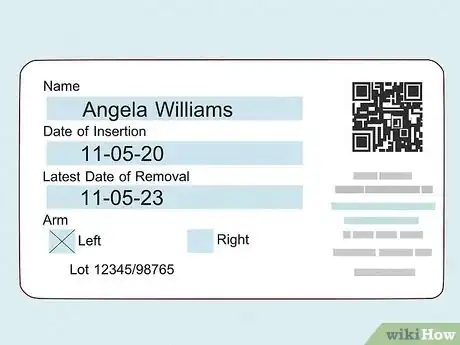

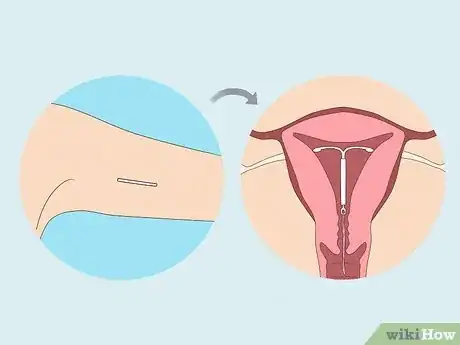
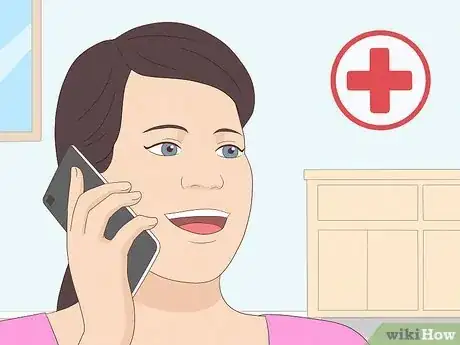
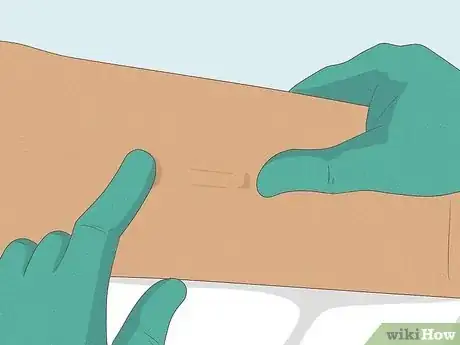
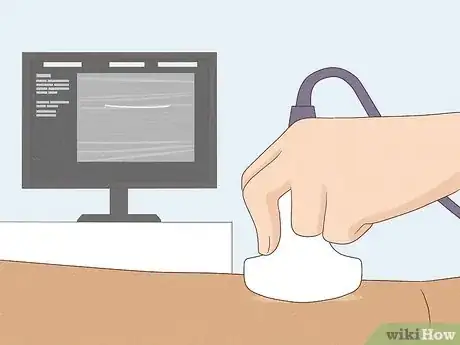
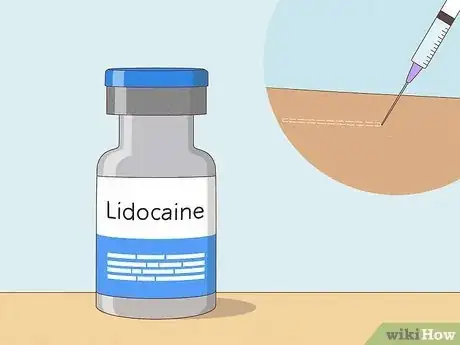
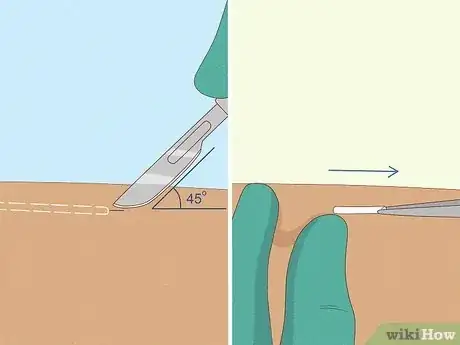
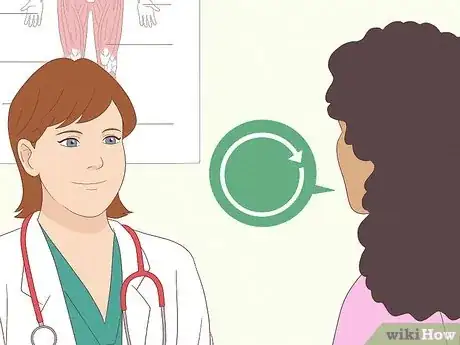
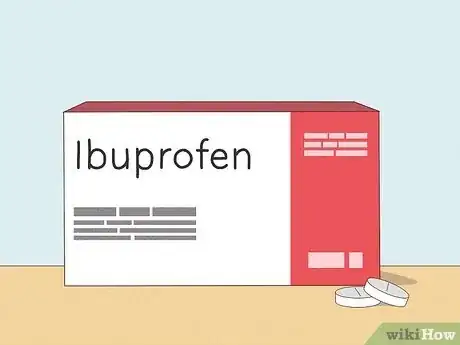
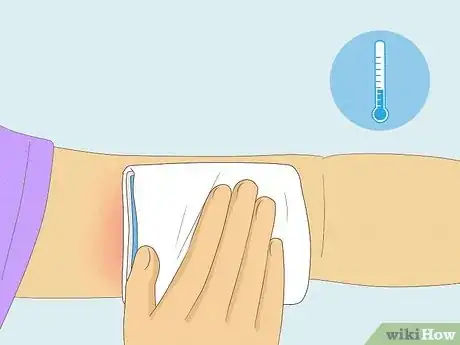
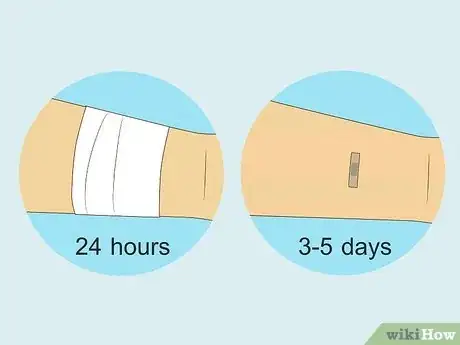
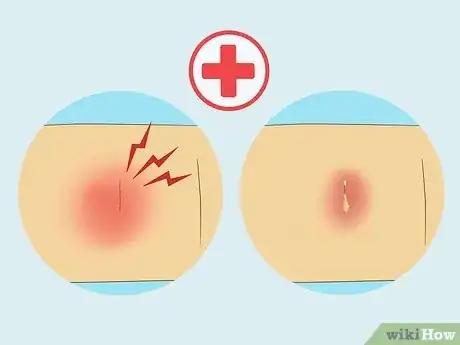
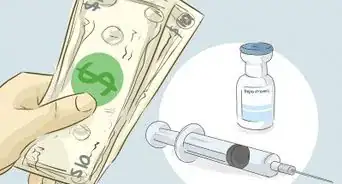
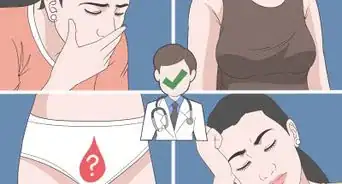

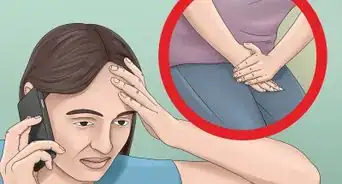

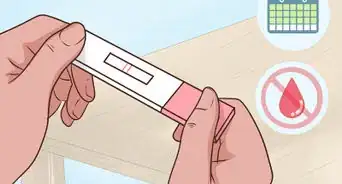
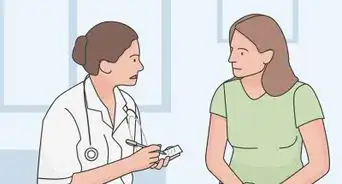
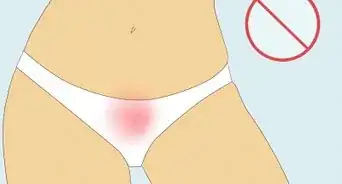
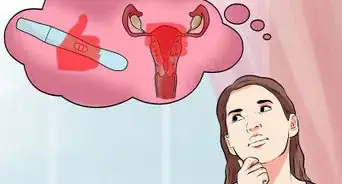

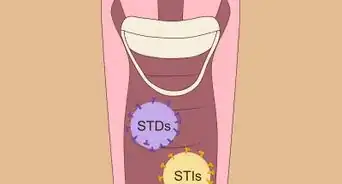

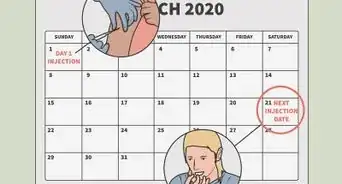
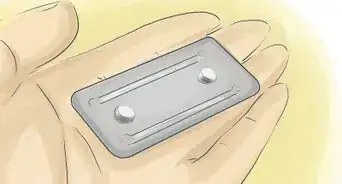







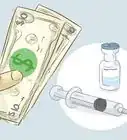
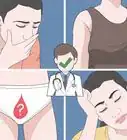






































Medical Disclaimer
The content of this article is not intended to be a substitute for professional medical advice, examination, diagnosis, or treatment. You should always contact your doctor or other qualified healthcare professional before starting, changing, or stopping any kind of health treatment.
Read More...